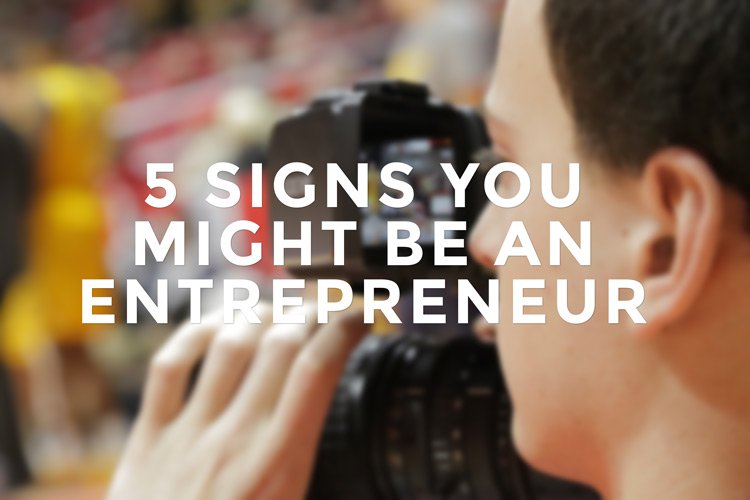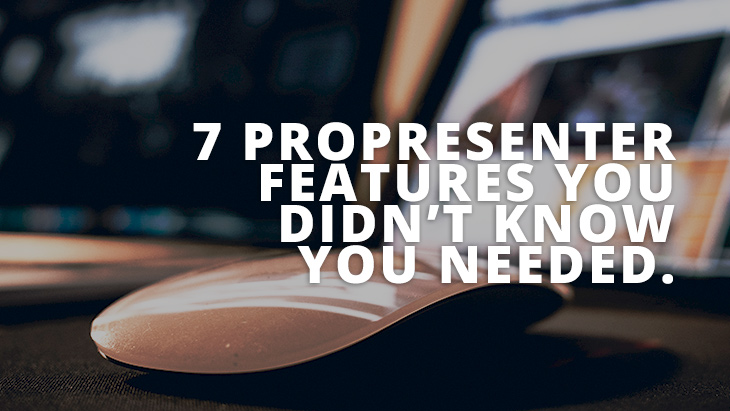Step up your Insta game.
Just three months ago, Instagram announced a staggering 600 million users and counting—the last 100 million of which joined in the preceding six months alone. This incredible growth shows the potential to one day surpass Facebook and maybe even become the new Goliath of social media. Even more, it shows that Instagram is noticeably climbing the ranks among the top social media platforms and it demands your attention. Instagram is no longer just for the individual to share their life’s highlight reel—it’s also for the organization, the business, and the marketer. So, the answer to our question Does your organization need an Instagram?: Yes, yes it does.
THE STATS
Instagram was busy last year. In 2016, they upgraded their video capabilities to include 60-second videos, view counts, channels, live stream, Stories, and stickers; they made changes to their algorithm and UI, and introduced the option to save posts; they increased e-commerce with “Buy” buttons and features like “Shop Now”; they’ve even added pinch-to-zoom and (their latest) Galleries, which allows for up to ten photos or videos in a single post.
There is a particular amount of hype around Galleries because it’s a very different feature compared to the rest of Instagram’s and it’s their first move toward an album-like function. Galleries is sure to impact use in several ways. Using Galleries, you can share step-by-step instructions, multiple photos from a single event, and create before-and-after or stop motion style posts. Thanks to Galleries, user profiles will be less cluttered, yet more robust.
It’s clear over the past year that Instagram has emphasized video in many ways and through different updates. We’re predicting a whole lot more of video from Instagram in 2017.
All of these updates and new features tell us two things: 1. Instagram is trying to keep users in the app and engaged longer and 2. Instagram wants to become a platform for marketers. A 2015 study from eMarketer shows that U.S. companies have been steadily using Instagram for marketing more each year and suggests that, this year, companies will prefer Instagram over Twitter. Now more than ever, you should be focusing your brand-building and advertising efforts on Instagram.
As Instagram emerges into the spotlight and user count increases, your competition is sure to increase as well. Users are following tens, maybe hundreds of brands—How will you stand out in their news feed? Using Instagram as an extension of your organization’s brand and adhering to the rules of engagement will help you effectively make the most of this marketing machine.
KEEP YOUR INSTAGRAM ON BRAND
What does it mean to keep something “on brand”? Simply put, it’s making sure your brand is consistent across all mediums. Think of your brand as a target—each dart you throw is a different channel (social media platforms, your website, commercials, advertisements) that you want to land on the bullseye. Consistency is one of your best weapons in your battle to grow your fan base and keep your current audience interested in you.
Each social media platform has its own method of usage. Not only do they all look different, they all have different best practices and basic functions—even demographics. Instagram is a photo-first platform, meaning its primary function is to display photos. When you open Instagram, the first thing you see is a photo in your news feed. Get started by thinking about what you can show your followers (day-in-the-life photos of your company culture, reinforcing your mission through video, images of your employees or volunteers on the job, etc.)
To keep your Instagram consistent with the rest of your brand, take some time to develop a photography style. Think about aspects such as the color palette (bold vs. muted), the lighting (natural vs. harsh), and the subjects (people vs. objects) and incorporate those elements consistently throughout your posts. This strategy, when combined with consistent messages and tone in your captions, will help to make your Instagram appear uniform and well-branded. Organizations that do this well can be found all over Instagram, but check out Ardent Ink, Vissla Surf, and She Reads Truth for a few examples.
ENGAGEMENT 101
Basic rules of Instagram engagement to help you successfully use this amazing platform to your advantage.
1. Post consistently. Set up a social media calendar (if you don’t have one already) and add Instagram to the mix. It might help to use services like Hootsuite to schedule your posts ahead of time, especially if your organization is posting to multiple social media platforms. Use best practices to post daily (even twice a day), at the right times, like 8:00–9:00 a.m. and 5:00 p.m. (think working class commuters), and on optimal days of the week, like Mondays and Thursdays, according to CoSchedule. This will ensure that your posts are meeting their eyes and not falling behind during non-viewing hours.
The key to posting often and posting consistently is to avoid overthinking it. People tend to make this harder than it needs to be. Keep in mind that every post does not have to be directly about your organization or product. As long as a user can see your post and find some sort of angle to connect it to your brand, you’re good.
For example, Redbull posts pictures and videos of people doing extreme outdoor sports. Ironically, you never see a can of Redbull. Their brand and their mantra that “Redbull gives you wings” are so well-known that they can simply post photos of people conquering extreme activities and the user can assume that drinking Redbull gave them the boost to do so. Nike is another example. Notice how they show very little of their products; rather, they show athletes, giving support to their mission to “bring inspiration and innovation to every athlete in the world.”
2. Use hashtags. If hashtags seems cheap and kitschy to you, you’re probably not alone. But don’t let that influence you against using them. According to Simply Measured, 88% of brands use hashtags when they post to Instagram. That’s because users who are looking for new content will search based on hashtags.
One suggestion if you’re trying to incorporate hashtags: Don’t use more than three in the caption to avoid looking like spam. However, you can use the first comment after your caption to post as many as you want. Since this comment is hidden until someone clicks on it, you have secret space to tag your photo using as many hashtags as you want.
3. Interact with your users. Show them that you’re not a faceless company—you are a group of people interacting with people. One way to demonstrate this is through posting UGC. When one of your Instagram followers posts a photo about your organization and tags you, you can ask their permission to repost it on your profile and give them photo credit. This adds life to your brand presence and excites users—the one whose photo you shared is more likely to tell their friends about you, and the ones who saw it are more likely to tag you in their photos for a chance to be featured.
Instagram’s recently added features are now making it easier than ever to engage with your followers. Stories give them a chance to see more deeply and intimately into your organization’s life by giving live updates that you can record and share. GE did a great job of taking Instagram’s pinch-to-zoom update and turning it into a creatively interactive experience. Check out the likes and comments on that post!
4. Post videos. Now, Instagram is not just for photos, but videos too! And as a video production company, how can we not encourage you to post video? It’s eye-catching and attention-grabbing; it’s not too hard to create; it allows you to communicate messages quickly; it doesn’t need to be fancy or require a bunch of equipment outside of your smartphone. It’s a win-win no matter what.
5. Use paid ads. If your organization has yet to break out into the world of advertising, you should at least be seriously considering it. Put some money behind your posts to boost viewership, increase your ad performance, and extend your reach beyond organic posts. Instagram has the capability to post native ads which look just like the form and function of the rest of their news feed. These paid advertisements are the only way to put a link in your post—otherwise, you’ll have to caption with something like “link in bio” and hope that users will click over.
Paid ads are especially advantageous if you’re selling a product or service and you want to give your followers a CTA which, next to likes and comments, offers yet another way to react to and interact with your brand.
We know what it takes to effectively market your organization in this highly competitive, digital world. Contact us and find out how you can take your brand marketing strategy to a new level.





